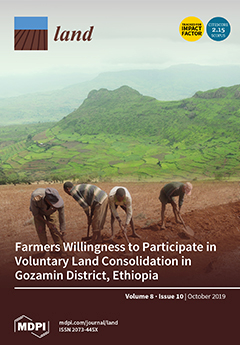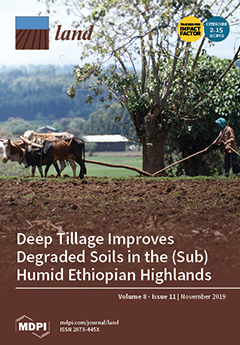A Review of Libyan Soil Databases for Use within an Ecosystem Services Framework
Ecosystem services (ESs) are increasingly being used by many countries around the world as a framework for addressing the United Nations (UN) Sustainable Development Goals (SDGs). This review article of the usability of Libyan soil databases for ESs and SDGs is the first of its kind for North Africa.









